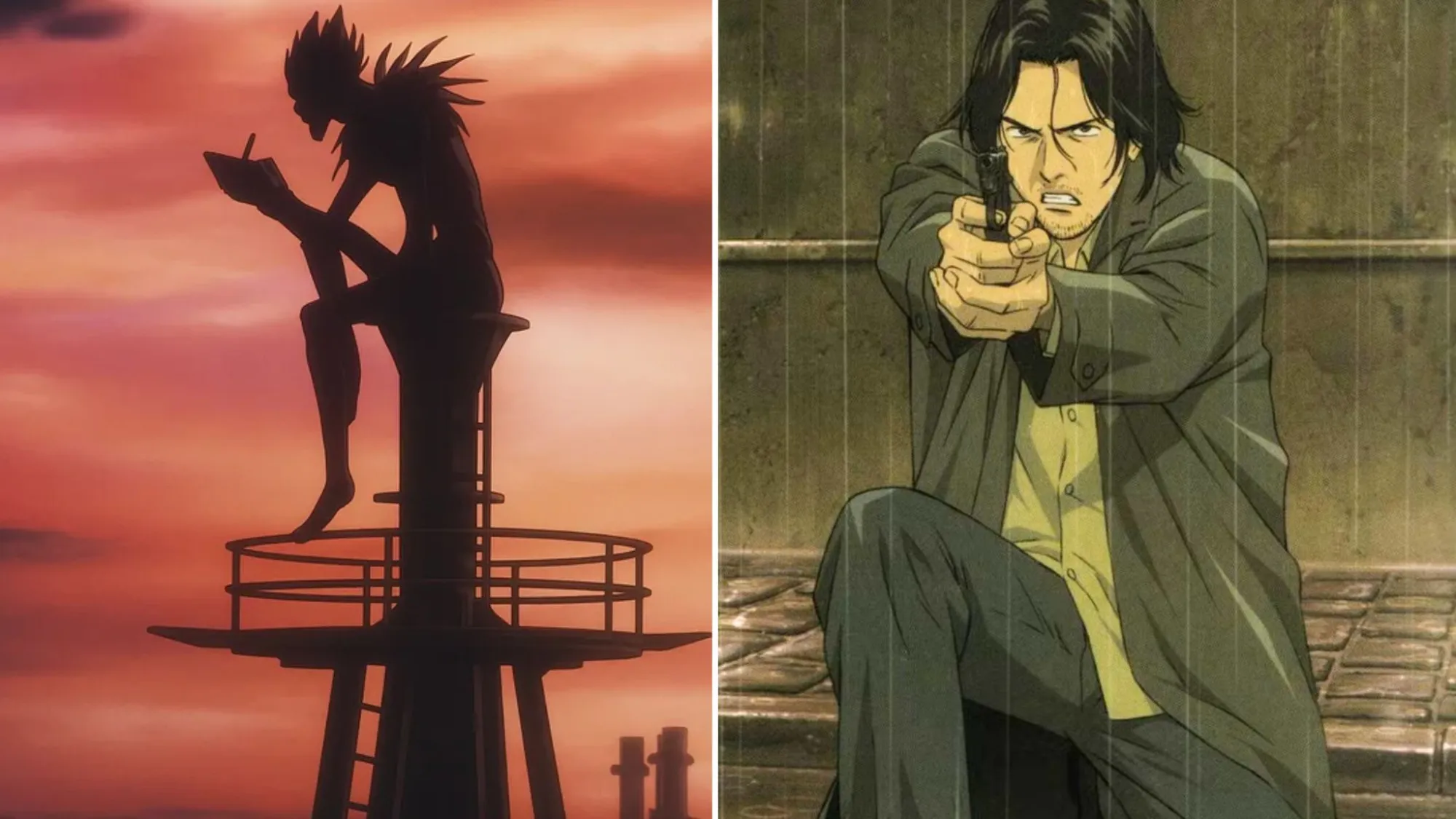
The most effective dark anime aren’t those that pile on gratuitous violence or despair, but those that weaponize darkness as narrative necessity. The medium’s most successful dark endings often emerge from studios willing to risk commercial viability for artistic integrity.
Take Devilman Crybabyfor instance, which ends in a hauntingly apocalyptic finale where love and friendship crumble under the weight of betrayal and chaos. Or Death Notewhich delivers a masterclass in character downfall as Light Yagami’s god complex leads to his inevitable demise. These endings often feel brutal yet fitting, rewarding audiences with conclusions that are as thought-provoking as they are emotionally devastating. What makes these dark stories’ ending truly great is their ability to balance shock with thematic closure.
7. Erased
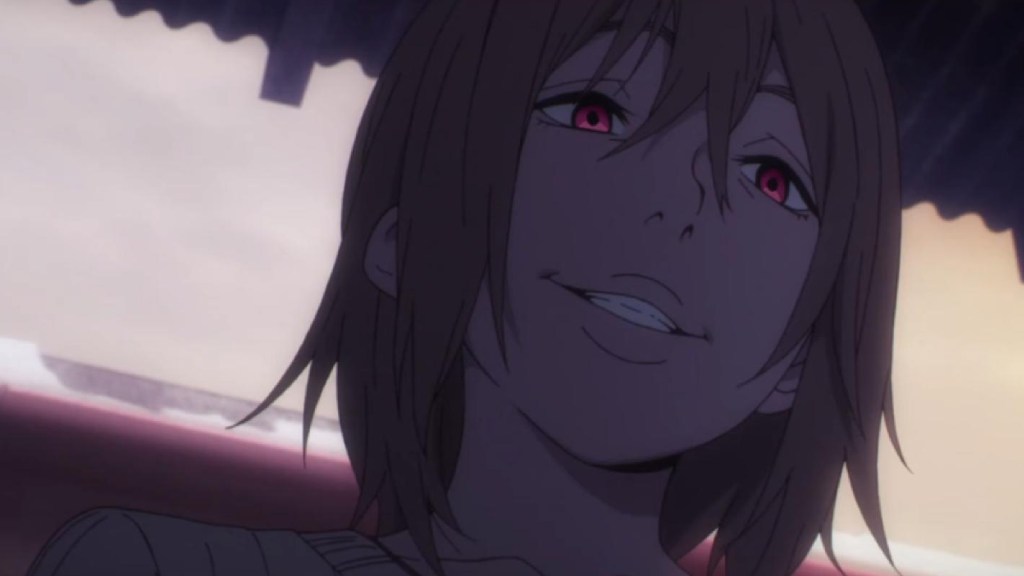
Erased (Boku dake ga Inai Machi) is a tightly wound thriller about Satoru Fujinuma, a 29-year-old with a mysterious “Revival” ability that flings him back moments before tragedies occur. When his mother is murdered and he’s framed, Revival hurls him 18 years into the past, to 1988, when a string of child kidnappings first shattered his town. The story becomes a race against time as grade-school Satoru must outsmart an adult predator, protect classmates like the vulnerable Kayo Hinazuki, and rewrite a timeline that’s already tried to beat him.
Erased nails the landing by making its climax small, human, and earned. The killer’s reveal is foreshadowed through mundane behaviors and camera language. The rooftop confrontation in the finale ties every thread — the villain’s brittle ideology and the town’s blindness — into a clear moral reckoning. While some critics argue the pacing of the final episodes is rushed, the thematic resolution solidifies Erased as a dark anime that absolutely nailed its ending.
6. Monster
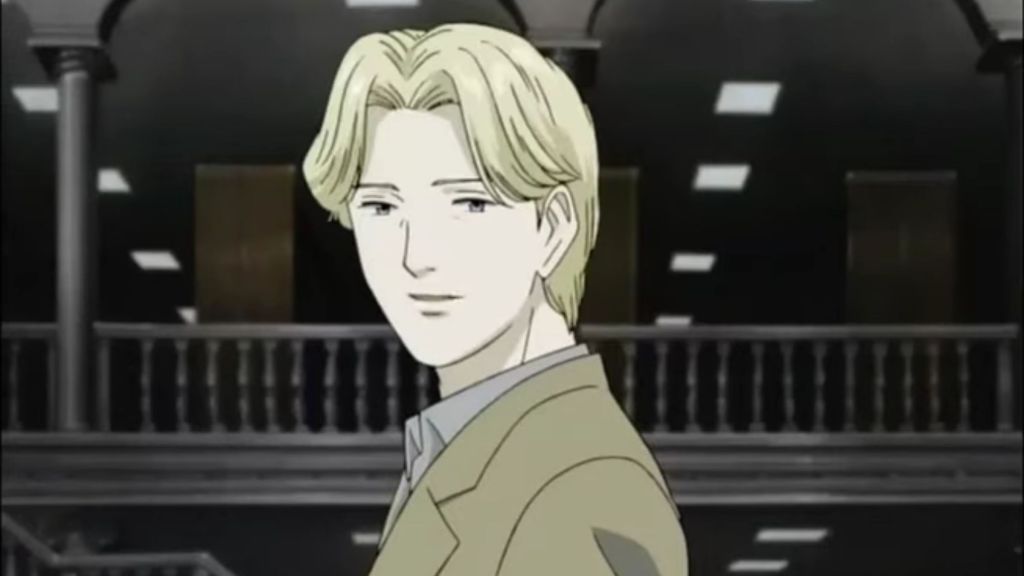
Monster follows Dr. Kenzo Tenma, a brilliant Japanese neurosurgeon in 1980s Germany who defies hospital politics to save a young boy over a VIP patient, only for that boy, Johan Liebert, to grow into a near-mythic sociopath. Tenma’s life unravels as murders orbit Johan’s chilling charisma. After a climactic confrontation where Tenma has the chance to kill Johan but spares him yet again, Johan disappears, leaving behind an eerie and open-ended conclusion. Some might find the lack of definitive closure frustrating, but it’s precisely this ambiguity that makes the ending so powerful. It forces viewers to wrestle with the same questions as Tenma: Was Johan born a monster, or was he made one? Did sparing him reflect Tenma’s unwavering humanity or his greatest mistake? By refusing to spoon-feed answers, Monster solidifies itself as a work of art.
5. Madoka Magical Girl
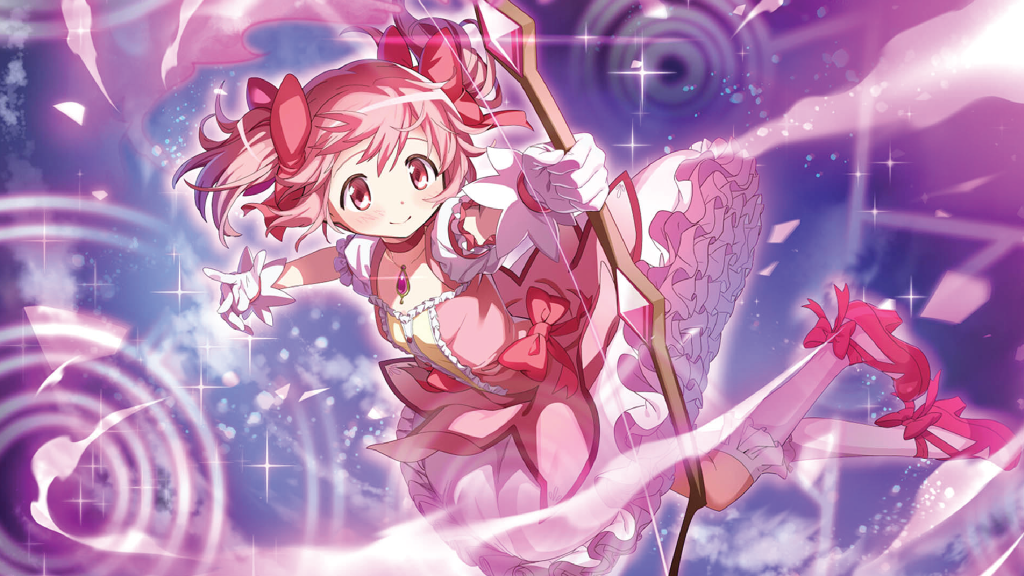
Magical Girl Madoka disguises itself as a sugary magical-girl show, then peels back the genre to expose a cosmic machine powered by despair. The story begins with Madoka Kaname, a seemingly ordinary middle school girl, who is offered the chance to become a magical girl by a mysterious creature named Kyubey. Over time, Madoka learns the horrifying truth about the magical girl system. Each twist and revelation peels back layers of hope, replacing them with moral ambiguity. The ending of Madoka Magica is nothing short of breathtaking in its bittersweet brilliance. In the final episodes, Madoka makes the ultimate sacrifice, using her wish to rewrite the laws of the universe and free all magical girls from their tragic fates. This act erases her existence from the memories of those she loves but granting countless others peace.
4. Paranoia Agent
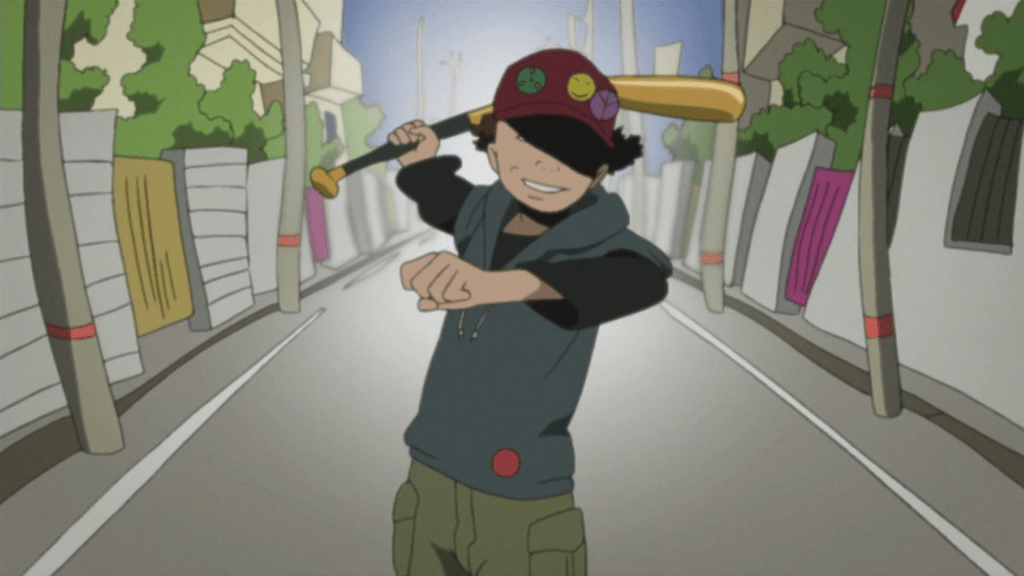
Paranoia Agentdirected by the late Satoshi Kon, is a surreal psychological thriller that blurs the lines between reality and delusion. The story begins with Tsukiko Sagi, a designer who claims to have been attacked by a mysterious figure called “Lil’ Slugger,” a boy on rollerblades wielding a golden baseball bat. As detectives investigate, more people across Tokyo report being assaulted by Lil’ Slugger, but the victims all share something in common.
They’re burdened by overwhelming personal struggles and use the attacks as a psychological escape. As paranoia spreads, the story evolves into a commentary on the human tendency to avoid responsibility by externalizing inner demons. The finale delivers one of anime’s most audacious conclusions by revealing that Lil’ Slugger is a manifestation of the same societal disease. While some viewers find the conclusion too abstract, its genius lies in refusing to offer easy solutions to the psychological pandemic it diagnoses, making it more relevant in 2025 than when it first aired two decades ago.
3. Devilman Crybaby
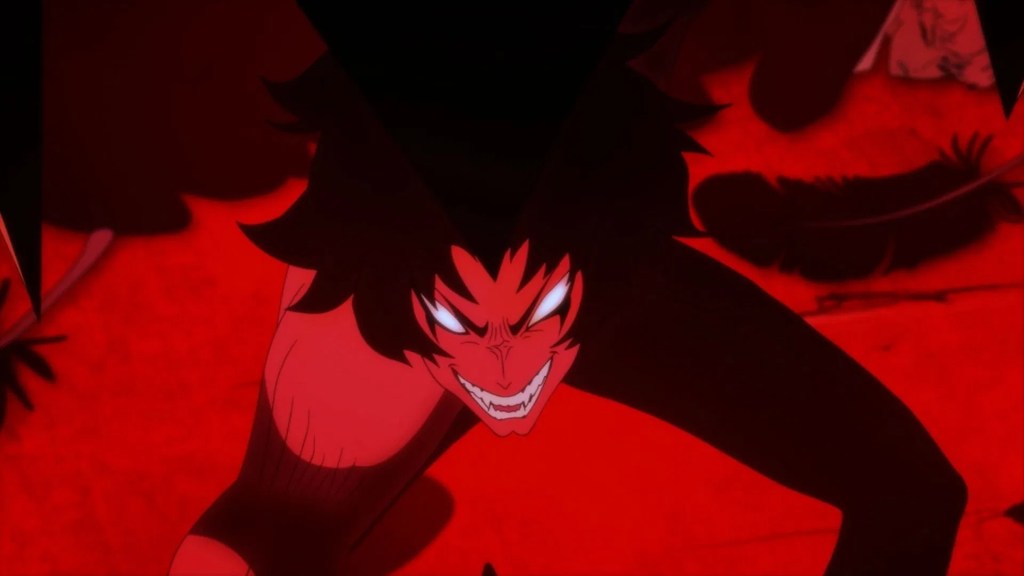
Devilman Crybaby is a brutal reimagines Go Nagai’s classic manga for a modern audience. The story follows Akira Fudo, a teenager who becomes the host for a demon named Amon. With his newfound strength, Akira fights to protect humanity from an onslaught of demons. However, the real battle lies not in the physical fights but in the unraveling of the world around him.
The ending delivers what may be anime’s most nihilistic conclusion, revealing that Ryo, his best friend, is actually Satan himself, who orchestrated humanity’s extinction as revenge against God while unconsciously seeking Akira’s love. After Akira watches everyone he cares about die horribly —including his girlfriend Miki — he battles Satan in a fight that literally tears the world apart. Only after Satan defeats Akira does he realize he loved him, cradling his corpse as God’s judgment wipes out all life on Earth. The ending works because it refuses consolation. Empathy without power is tragic, but power without empathy is monstrous.
2. Death Note
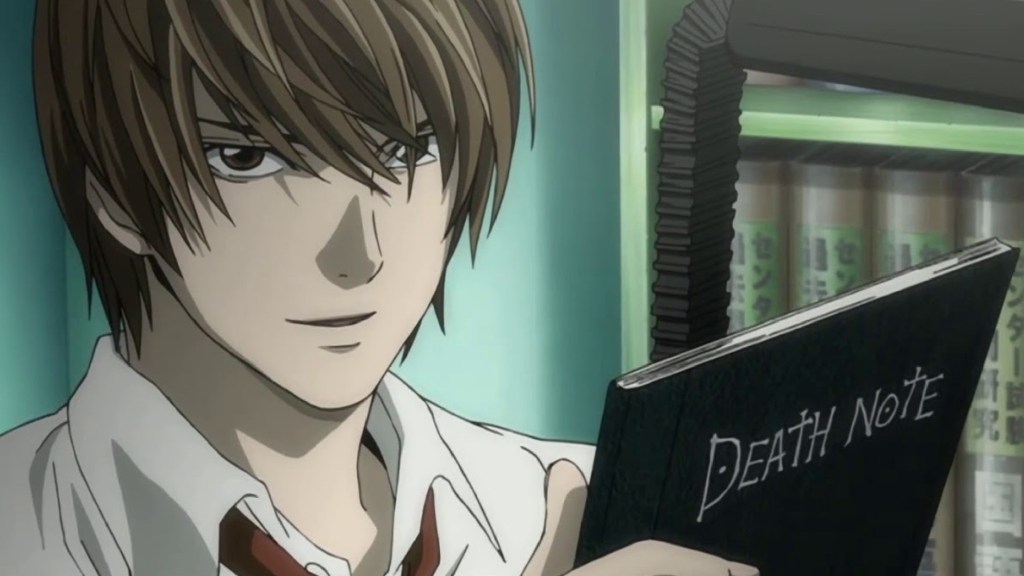
Death Note transformed the most fundamental taboo — murder — into a morally ambiguous intellectual exercise that left millions questioning their own ethical boundaries. In the story, a high school student, named Light Yagami, finds a supernatural notebook that allows him to kill anyone by writing their name while picturing their face. What begins as vigilante justice quickly evolves into Light’s megalomaniacal campaign to become “god of a new world” by executing anyone he deems unworthy.
The series’ conclusion remains contentious nearly two decades later, though this divisiveness ultimately proves its narrative power. After L’s death midway through the series (a narrative gamble few shows would attempt), his successors Near and Mello eventually corner Light in a warehouse showdown where his elaborate plans finally unravel. Light’s death deliberately denies viewers the satisfaction of either a triumphant villain victory or a noble tragic hero’s end.
Instead, Light dies as he truly is: not a god but a mortal whose hubris destroyed countless lives. While many fans consider the post-L episodes inferior, this criticism overlooks the thematic necessity of Light’s degradation — showing how his god complex devolved from calculated brilliance to desperate paranoia once he achieved unchallenged power.
1. Death Parade
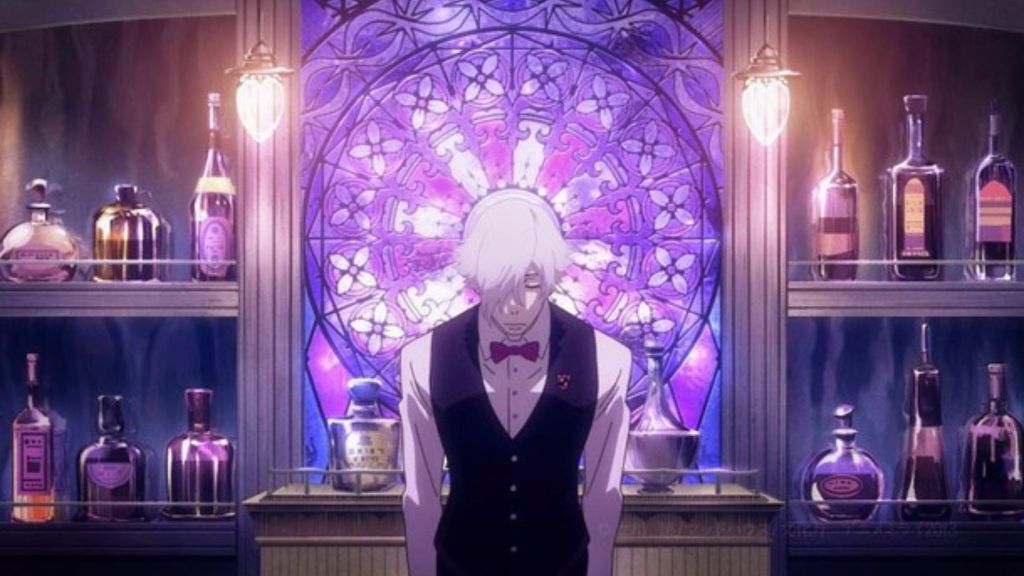
Death Parade is set in the Quindecim, a liminal bar where the arbiter Decim hosts recently deceased pairs who can’t remember dying. He nudges them into “Death Games” that expose their darkest impulses not to entertain but to sift: reincarnation or the void. Into this cold system walks a nameless human woman (later called Chiyuki), whose empathy unsettles Decim’s rules.
The series concludes with a masterful inversion of its own premise when Decim must judge Chiyuki, ultimately learning that true understanding requires empathy, not detached observation. We discover Chiyuki died by suicide after a career-ending injury destroyed her ice-skating dreams, and Decim finds himself experiencing compassion for the first time. Rather than sending her to the void for taking her own life (as the arbiter’s rules dictate), Decim creates an elaborate illusion allowing Chiyuki to briefly “return” to the living world and witness how her death affected her mother. This emotional culmination proves that Decim has developed something the system never intended. A soul.
What do you think? Leave a comment below and join the conversation now in the ComicBook Forum!